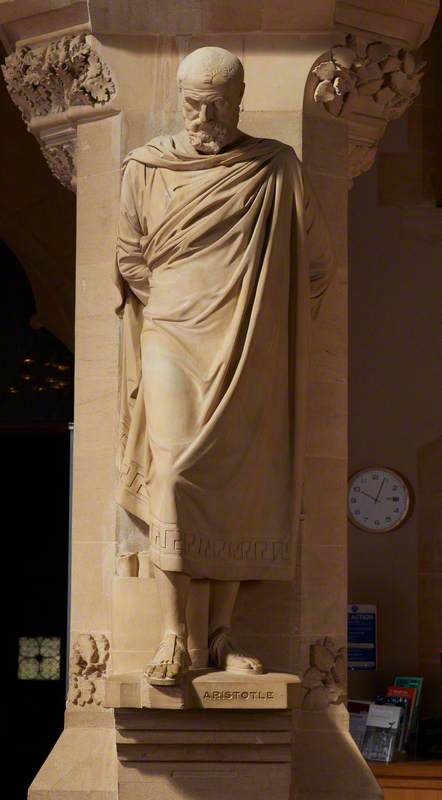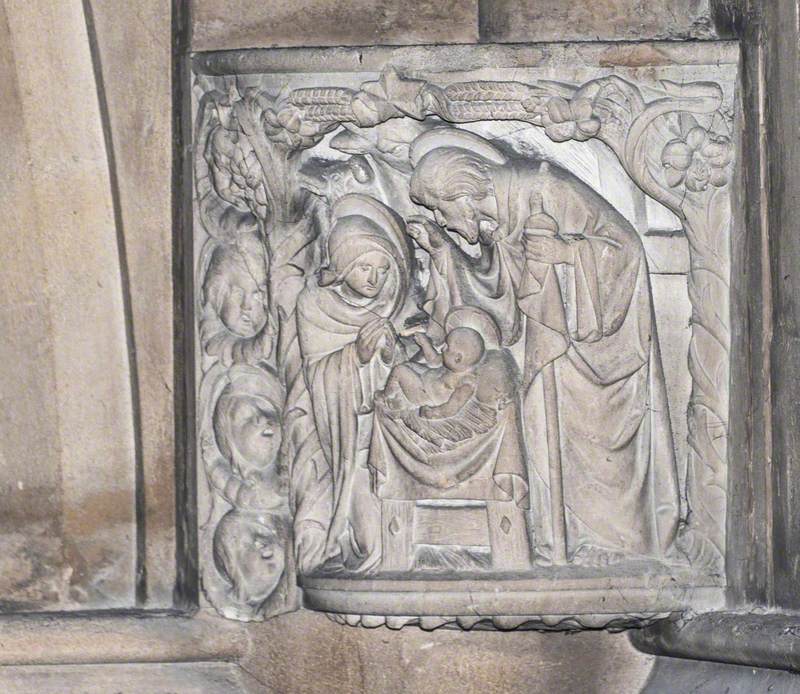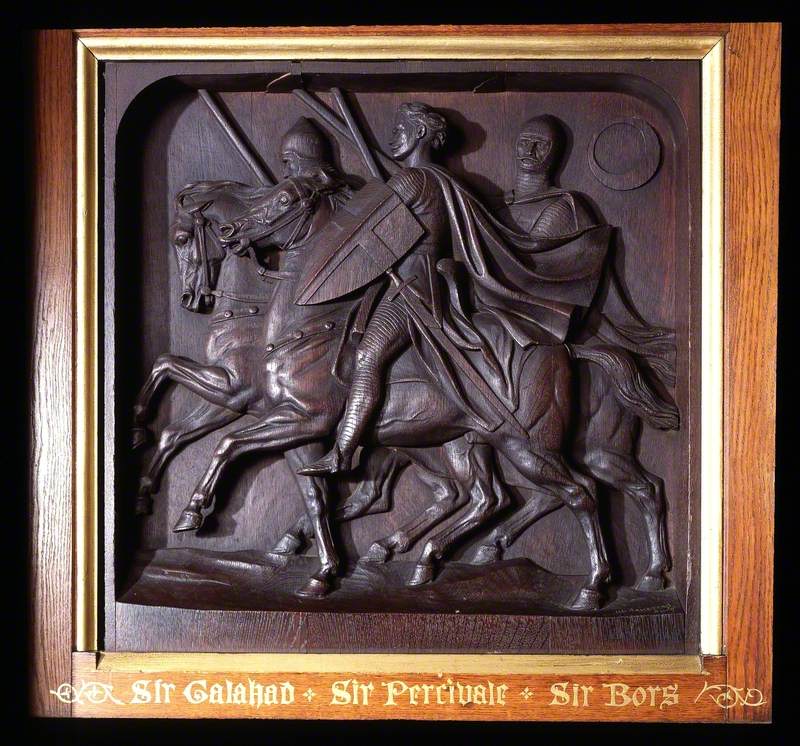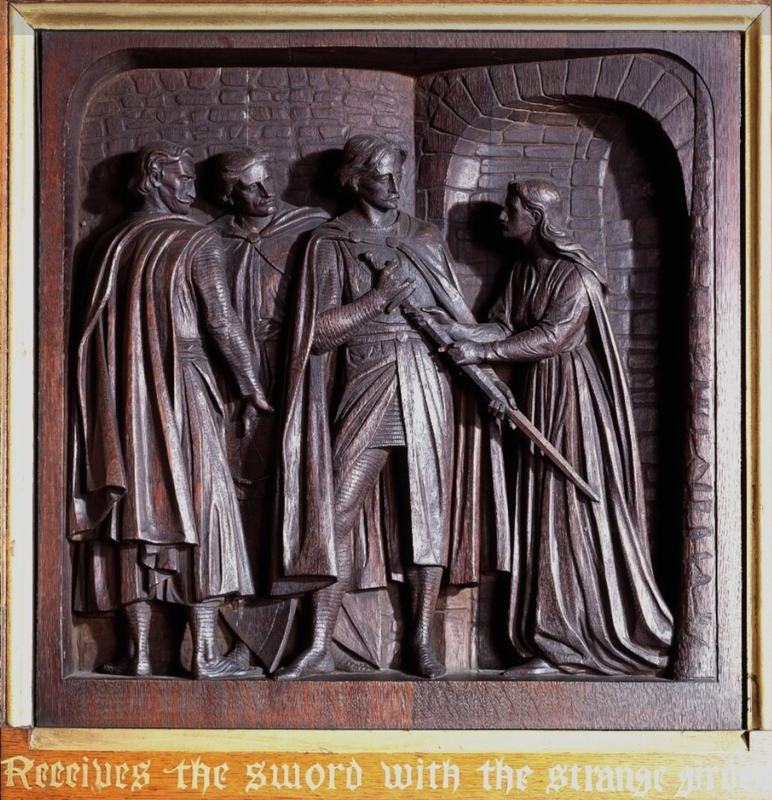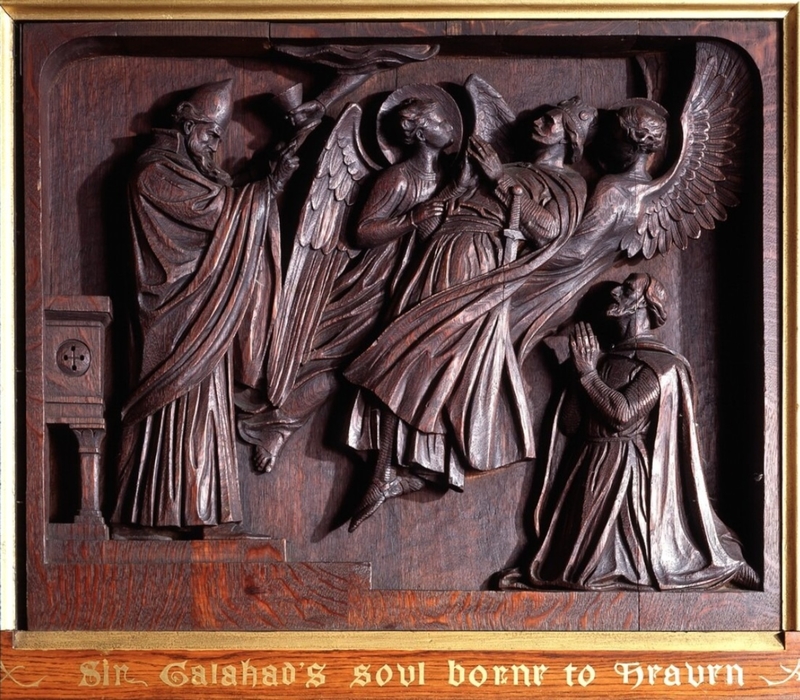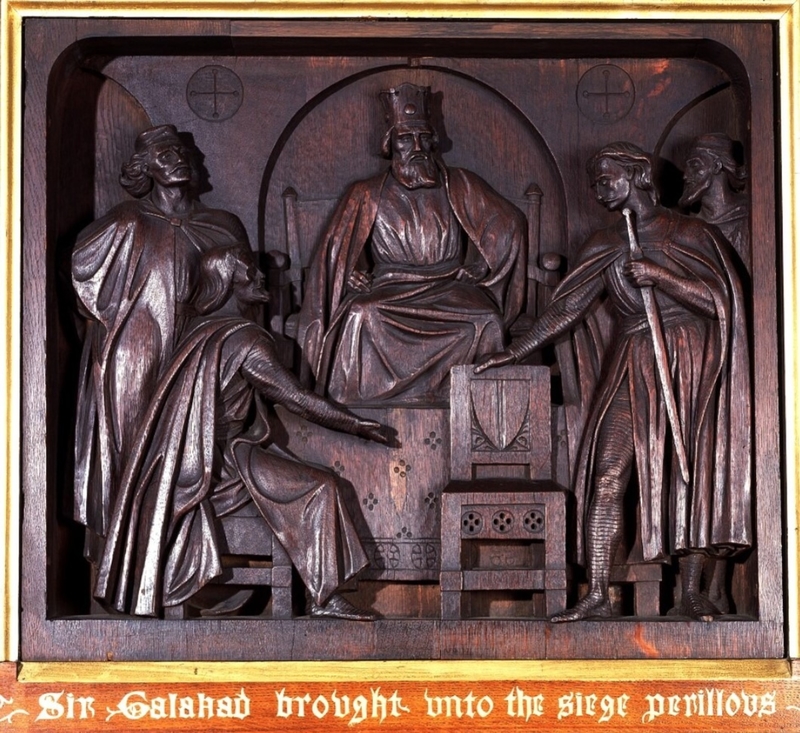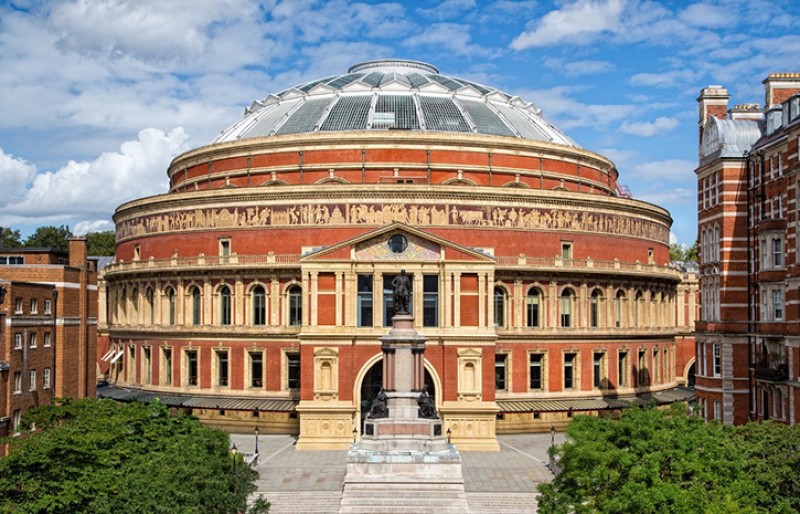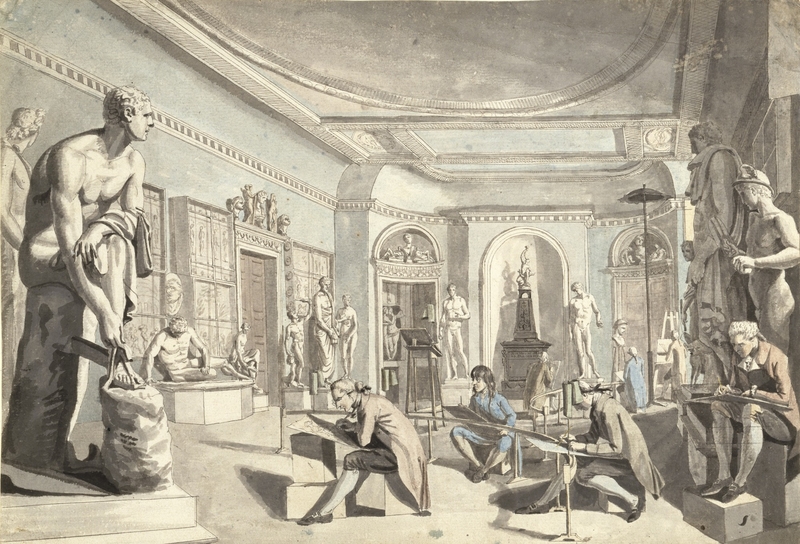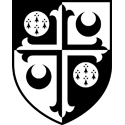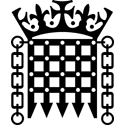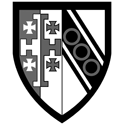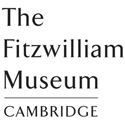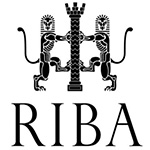
The Triumph of Arts and Letters – The Mechanical Powers 1870
Henry Hugh Armstead (1828–1905)
Royal Albert Hall
Henry Hugh Armstead was born in Bloomsbury, London, England on 18 June 1828 and was the son of John Armstead, a heraldic chaser, with whom he initially trained. In 1841 he began studying at the Government School of Design at Somerset House in London and then attended two independent drawing schools in London run by the artists Francis Stephen Cary (1808–1880) and James Matthews Leigh (1808–1860). He subsequently embarked on a career as a silversmith and for a period was employed by the London jewellers and silversmiths Hunt & Roskell. At the same time he took lessons from the sculptor Edward Hodges Baily (1788–1867) and, from 1847, attended classes at the Royal Academy Schools in London. Notable amongst the work in metal produced by Armstead during his time with Hunt & Roskell was the Outram Shield (1862) which is now in the Victoria & Albert Museum.in London
Armstead was a frequent exhibitor at the Royal Academy in London from 1851 to 1904, the year before his death. He also exhibited at the Walker Art Gallery in Liverpool and at Manchester City art Gallery. A clay model for his sculptural group "Eve's Dream" was shown at the International Exhibition on London in 1862. His marble statue, "Remorse", exhibited at the Royal Academy in London in 1903 was purchased by the Chantry Bequest that year.
He was elected an Associate of the Royal Academy (ARA) in 1875) and a Royal Academician (RA) in 1879. He was also invited to join Royal Society of British Sculptors (RBS) in January 1905.
In addition to his work as a sculptor and silversmith, Armstead was a book and illustrator. He contributed illustrations to Good Works, Churchman's Family Magazine, and to Dalziel's Bible Gallery. He also taught at the Royal Academy School from 1875 until just before his death.
Throughout his career, Armstead lived and worked in London. He died at his residence, 52 Circus Road, St John's Wood, Middlesex [now London], on 4 December 1905.
Text source: Art History Research net (AHR net)
